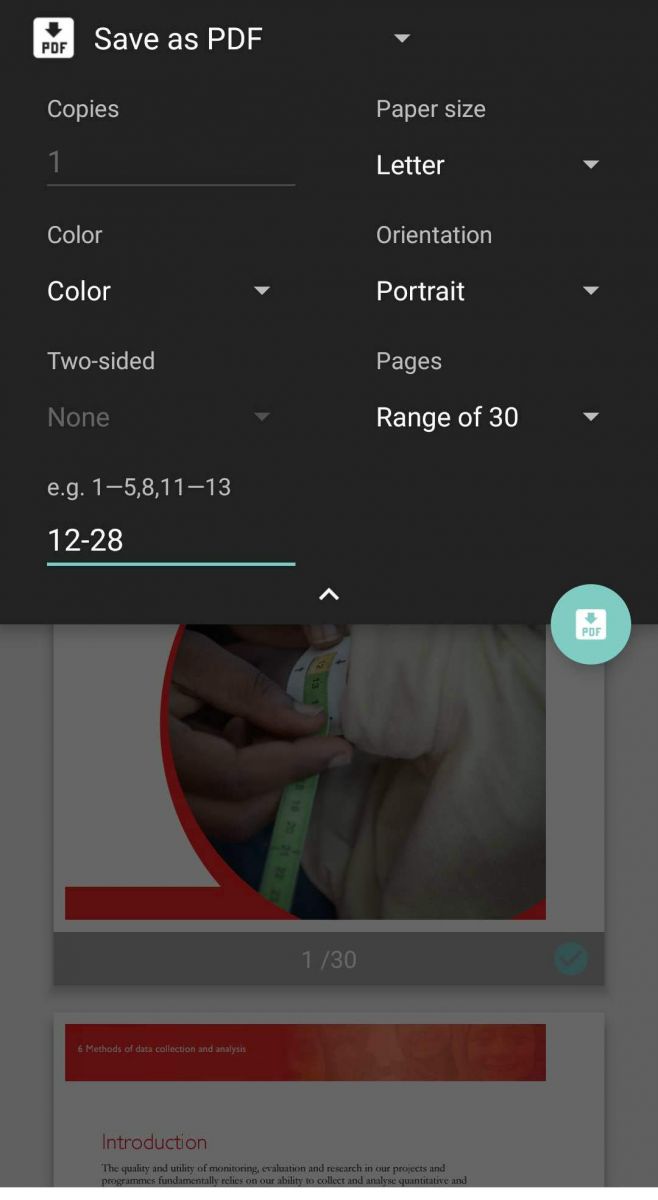

However, by using the XPS Document Writer, you effectively circumvent that check entirely, leaving yourself with an XPS output. Even third-party PDF print drivers tend to choke on such files. If you try to use Adobe’s PDF printer driver, it will detect that you are attempting to export a secured PDF to a fresh file and it will refuse to continue. Next, in the printers list, select “Microsoft XPS Document Writer” and then click Print.

First, open the document that you wish to unlock in Adobe Acrobat Reader and click File and then Print. Granted, you won’t be unlocking the file itself per se, but you can generate an unlocked equivalent that can be edited and manipulated to your heart’s content. Fortunately, the grand majority of secured PDFs I have worked with in the past, like the ones from the IEEE consortium, can be unlocked using an incredibly easy “print to file” trick. Unfortunately, depending on the sources from which we acquire our PDFs, some of the files may in fact be secured, meaning no edits or changes can be made to the document for content-integrity reasons.Īt this point, some engineers throw their hands up in dismay, knowing that they can’t directly save the document to a different format.

Perhaps we need to make various edits and comments to the documents, or maybe we need to convert the PDFs into a different format like a Word document. Some of us deal with a plethora of PDF documents.


 0 kommentar(er)
0 kommentar(er)
